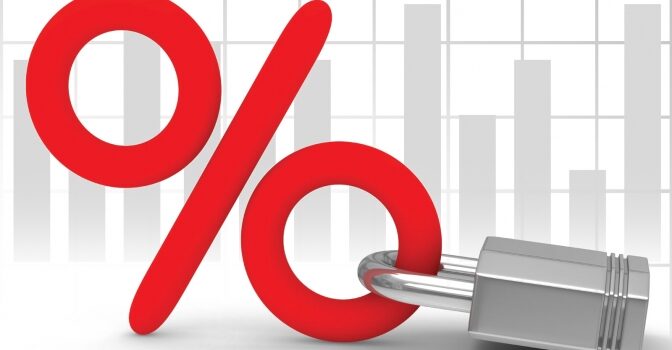
Fixed-Rate and Adjustable Rate Mortgages are the two most common loan options. An adjustable-rate mortgage, also known as an ARM, is a mortgage loan option in which the interest rate adjusts throughout the life of the loan. The rate remains consistent for a specific period of time, then will increase or decrease depending on the market at a specified interval, usually 5-10 years. This means that your rate will change every 5-10 years for the life of the loan.
A Fixed Rate Mortgage is set at one rate and remains the same throughout the life of the loan. Traditionally, fixed-rate loans have a life of 10, 15, and 30 years. Although, there are untraditional options in between depending on the lender.
These two loan options are very different and it’s important to know when each of these options makes the most sense for you. When the market is favorable, homeowners can take advantage and secure a great rate for an extended period of time with a fixed-rate mortgage. There’s no need to wonder how the market and your rate may shift down the road. It can be the safer option with more stability. In today’s markets with rates so low, many homeowners have chosen this loan option. One downside is if the market improves and there are lower rates available, the only way to take advantage is to refinance your home again. For some, this defeats the purpose of locking in a 30-year mortgage. In today’s market with record low fixed rates, a market shift downward is less of a concern. Although you can secure a great rate on a fixed mortgage, ARMs usually have favorable rates, but there’s a catch. As stated before, your ARM is only locked in for a set period and that isn’t always a good thing. Even if you can secure a better rate initially than you would have with a fixed mortgage, there’s a chance your ARM may adjust to a higher rate, leaving you in an unexpected and tough situation with higher expenses. There’s always the option to refinance if your rate increases, but there’s no telling if the market will offer desirable financing and you may get stuck with a higher rate. However, there are times when an ARM makes the most sense. For someone focusing on their short-term goals, an ARM is ideal. Most people who secure an ARM loan are not looking to stay in their loan for its entirety and will likely refinance in the near future. This is a great way to secure a low rate on your property but one must understand this is usually not an ideal long-term position.
There are many questions one must ask themselves before deciding between a fixed or an adjustable mortgage. Determine how long you want to remain in your loan and your home. If you are planning on refinancing again in a couple of years because you have a child going off to college and need to take cash out, it may make the most sense to stick with an ARM for a lower payment. Assess your needs and goals. If you want to sell your house in the next five years, the possibility of an increased adjustable rate is not a concern because you don’t plan on staying in your loan. If you started your family in your dream home and plan to stick around for a while, locking in a long-term, consistent rate could make the most financial sense and be easier to budget for in the long run. These are all things to think about in order to make a decision that’s best for you and your family. If you have a financial planner, seek their advice. They have the best idea of your financial position and goals and would be the ideal person to seek advice from.